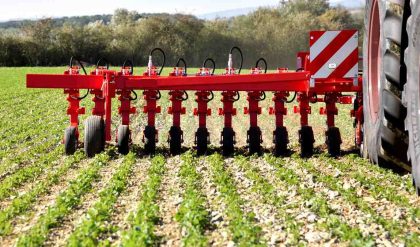The growth of a new crop begins with the planting of seed or transplanting of seedlings. After planting, seeds must survive on energy stored within the seed until germination occurs and a seedling emerges through the soil surface. Usually not all of the seeds are able to survive through germination and emergence; thus the number of seeds planted per unit area must be greater than the final desired plant population. The most important factors affecting germination and emergence include seed viability (percent germination under controlled laboratory conditions), soil temperature, availability of moisture and air to the seeds, and soil strength and resistance to seedling emergence. An ideal seed environment is one in which the seed depth and soil firmness provide adequate moisture, oxygen, and temperature to the seed but without excessive soil firmness that retards root development and seedling emergence. While transplanted seedlings are already emerged, their survival and initial rate of growth are also dependent upon soil moisture and temperature. A planter can exert a strong influence on the rate of germination and emergence of seeds through control of planting depth and firming of soil around the seeds or roots of seedlings. In addition, the planter must meter seeds at the proper rate and, in some cases, must control the horizontal placement of seeds in a desired pattern.
Methods and Equipment
Three different planting methods can be distinguished by the horizontal pattern of seed placement. Broadcasting refers to random scattering of seeds on the soil surface. Drilling is the random placement of seeds in furrows that are then covered; the seeds thus emerge in rows. In precision planting, the seeds are planted in rows and the spacing of seeds within the rows is uniform. A fourth method of planting is the transplanting of plant seedlings into a field. Mechanisms and machines have been developed to permit each of these planting methods.



